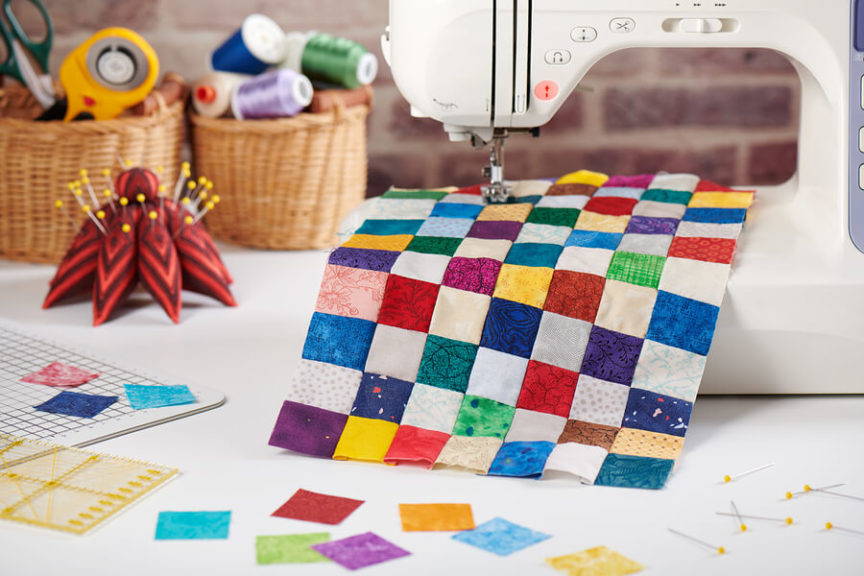Have you ever thought about what you would do with newfound time at home? As many people are being urged to “self-isolate” due to health concerns related to the coronavirus (COVID-19) or the flu, of course, cleaning and organizing are top of mind.
This time can also be used as an opportunity to “look within” and to rediscover some hobbies and interests; catch up on reading; or to take time for needed self-care and discovery.
Creative arts engage your brain in new ways and can improve your health in different ways. Use this newfound time to stretch your creative wings and fly.
Numerous studies indicate that stress can increase the risk for illness, but did you know there might be a non-medical way to reduce this risk? While everyone should get regular physicals and find ways to reduce risk factors, embracing artistic interests may reduce your stress. Creative activities stimulate brain function and alter our brain chemistry. They can also boost mental and physical health.
Painting, drawing, reading, crafting, yoga or dance can all contribute to lower stress levels, decreased anxiety and may even increase productivity and self-esteem. Doing what you love in your spare time can help you focus your attention in a way that is like meditating – it all depends on the “flow.”
Going with the “flow”
According to Harlan M. Krumholz, M.D., professor of medicine and epidemiology and public health at Yale University School of Medicine, “creative pursuits allow people to find their ‘flow state,’ a mental state in which they are so fully involved in an activity they become unaware of passing time” (bottomlineinc.com). The benefits of flow include lower blood pressure, lower heart rate, and reduced anxiety.
What if you can’t decide which art form to explore? Take the time to think about the kinds of creative things you liked in the past. As a child, did you like to draw, color or journal? Adult coloring books are popular these days, mostly because of the meditative respite they provide. Coloring is a workout for the creative “muscle.”
Indoor activities might be just the key to unlock your creative juices. Scrapbooking, jewelry making, quilting, and embroidery are all crafts that lend themselves to quiet contemplation.

Cooking can also be very creative. Cooking for family offers great time for learning, sharing and usually a delicious culinary feast at the end of the food preparation. Sharing family recipes with members of a younger generation can also bring about a shared appreciation for your family’s cultural heritage.
If you are unsure about your artistic abilities, the love of art — in all forms — may also offer peace of mind. Catching up on classic literature or even the latest fun novel is more fun when you share these activities with a friend or start or join a book club. Of course, it is always fun to share in person, but if you cannot, phone calls and FaceTime or Skype can help fill the void. Any art form, whether you are actively doing it, or appreciating it, can reward you with a sense of meaning and uplifted spirits.
Many people make a resolution at the beginning of the calendar year to do something new, get organized or get healthy. Why not add a little something to your life each month or quarterly and pursue a long-forgotten hobby or interest?
So, if you find yourself at home with extra time on your hands, find your “flow” and make it your own. Often older adults welcome a chance after a lifelong commitment to work and raising families to take up a new hobby or craft. If you are able to get out and about, FiftyForward centers and other community groups offer a multitude of groups, activities and clubs for those who might want to delve into something new. Wherever you do it, get in touch with your creative side. You’ll be happy you did.
Submitted by Misa Acox, Marketing & Publications Manager, FiftyForward.


